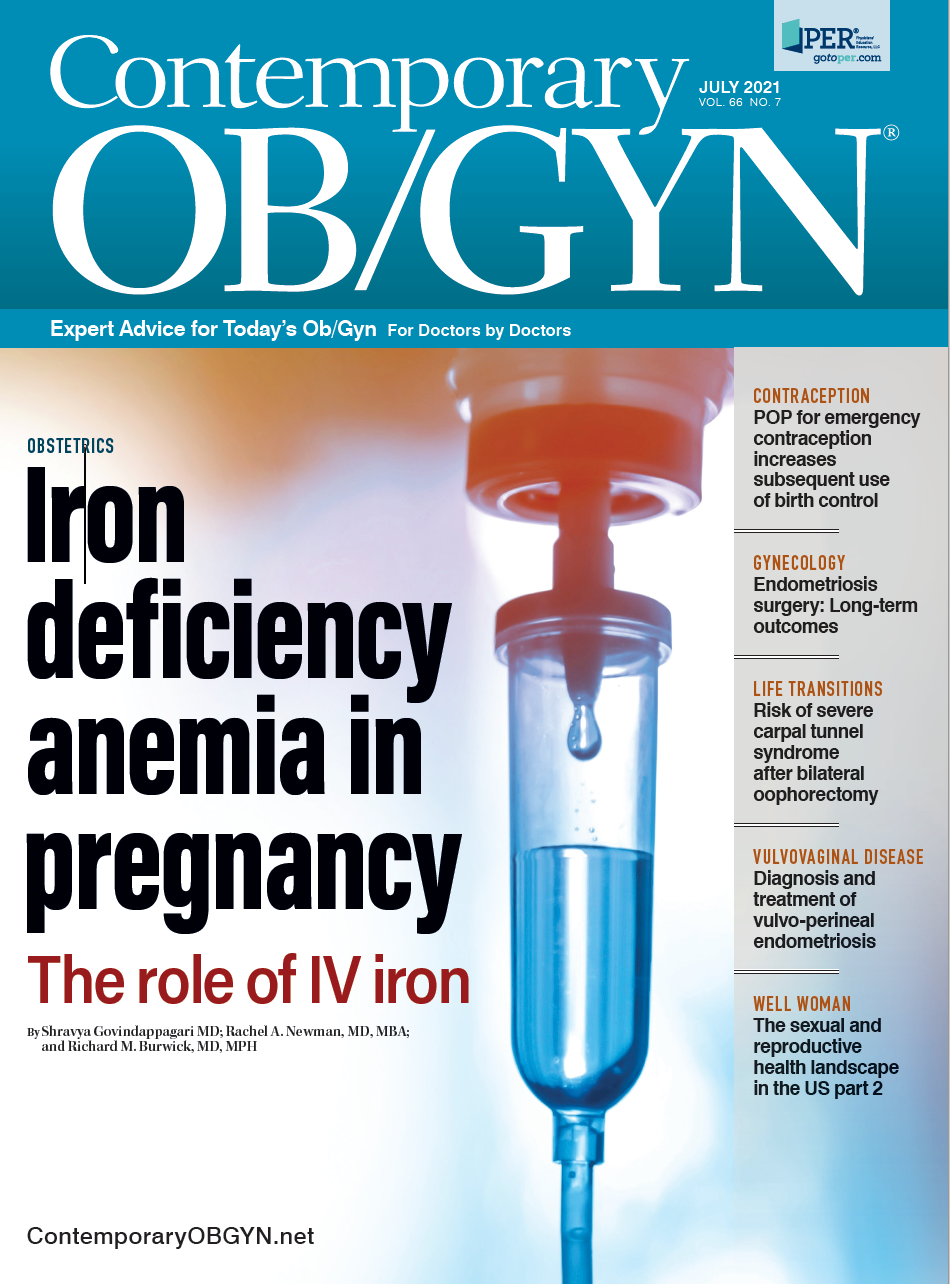POP, emergency contraception increases subsequent use of effective contraception
The authors of the prospective study in the journal Health Technology Assessment believe the simple intervention has enormous potential to prevent more unintended pregnancies after emergency contraception.
A European study has found that the provision of a bridging supply of the progestogen-only pill (POP) coupled with emergency contraception from a pharmacist or a sexual and reproductive health (SRH) clinic resulted in a significant increase in self-reported subsequent use of effective contraception.
The authors of the prospective study in the journal Health Technology Assessment believe the simple intervention has enormous potential to prevent more unintended pregnancies after emergency contraception.
“The emergency contraceptive pill can prevent pregnancy following unprotected sex or a burst condom, but unless women start a regular method of contraception they remain at risk of pregnancy,” said principal investigator Sharon Cameron, MD, a consultant gynecologist at National Health Service (NHS) Lothian, Scotland, and the University of Edinburgh in Scotland.
Cameron noted that most women in the United Kingdom (UK) receive emergency contraception from a community pharmacy; however, they need to make an appointment with a general practitioner or with a SRH clinic for ongoing contraception.
“Securing an appointment can take time and unintended pregnancies can occur during this time,” Cameron told Contemporary OB/GYN®.
The study, which took place between December 2017 and June 2019, enlisted 29 pharmacies in 3 UK cities (Edinburgh, Dundee, and London) to recruit 636 women receiving EC (levonorgestrel): 316 for the intervention group and 320 for the control group. There were no statistically significant differences in demographic characteristics between the 2 groups.
The intervention group received a 3-month supply of the POP (75 µg of desogestrel), plus a card that provided rapid access to a local SRH clinic. But for the control arm, pharmacists advised women to attend their usual contraceptive provider.
“We chose the POP, rather than a combined pill, because the POP is extremely safe, with very few contraindications,” Cameron said.
The primary outcome was reported use of an effective contraception (hormonal and intrauterine methods) at 4 months, for which data was available for 63% of the control group and 65% of the intervention group.
The proportion of participants reporting use of effective contraception at 4 months was 20.1% greater in the intervention group: 58.4% vs. 40.5% in the control group.
There were no serious adverse events.
“The positive effect of the intervention was not a surprise, as our findings were in line with a previous pilot study we conducted and published in the journal Contraception in 2014,” Cameron said. “However, the current study showed that the rapid access card to a SRH clinic was not widely used nor used rapidly, with most women choosing to access ongoing supplies of contraception from their GP. This suggests that the rapid access component did not make a meaningful impact.”
Cameron said the guarantee for a woman to be seen and receive contraception, whenever she presents to a service, “ is the element of the intervention that is perhaps hardest to provide. So perhaps pharmacists simply signposting women to local contraceptive services is sufficient.”
The implementation of the intervention itself was straightforward, according to Cameron. “Pharmacists in the study felt the provision of the POP was a natural extension to their current role in providing emergency contraception and did not add substantial time to the consultation,” she said.
The authors fully anticipate that the provision of bridging the POP with emergency contraception will be rolled out nationally in the UK and become routine for women requesting emergency contraception from their pharmacy.
__
Disclosure
Cameron reports no relevant financial disclosures.
Reference
Cameron ST, Glasier A, McDaid L, et al. Provision of the progestogen-only pill by community pharmacies as bridging contraception for women receiving emergency contraception: the Bridge-it RCT. Health Technol Assess. 2021 May;25(27):1-92. doi:10.3310/hta25270

FDA approves Visby’s test for at-home STI identification
Published: March 28th 2025 | Updated: March 28th 2025The FDA has approved Visby Medical’s at-home sexually transmitted infection test, allowing women to screen for chlamydia, gonorrhea, and trichomoniasis without a prescription.
Read More
Recap on reproductive rights with David Hackney, MD, MS
December 20th 2022In this episode of Pap Talk, we spoke with David Hackney, MD, MS, maternal-fetal medicine physician at Case Western Reserve University and chair of ACOG's Ohio chapter for a full recap of where restrictions on reproductive rights have been and where they're going.
Listen
In this episode of Pap Talk, Gloria Bachmann, MD, MSc, breaks down what it means to be a health care provider for incarcerated individuals, and explores the specific challenges women and their providers face during and after incarceration. Joined by sexual health expert Michael Krychman, MD, Bachmann also discusses trauma-informed care and how providers can get informed.
Listen
No link found between hormonal contraception and clitoral adhesion severity
February 28th 2025A recent study presented at the ISSWSH 2025 Annual Meeting found no significant association between hormonal contraceptive use and the severity of clitoral adhesions, though researchers emphasize the need for further investigation.
Read More
